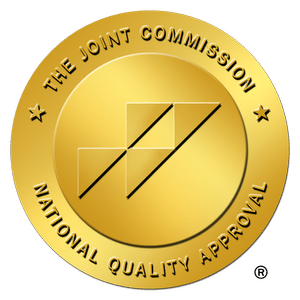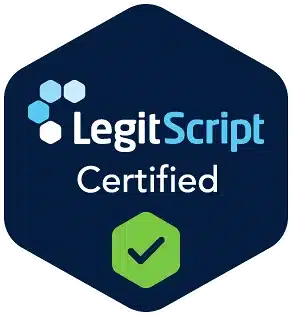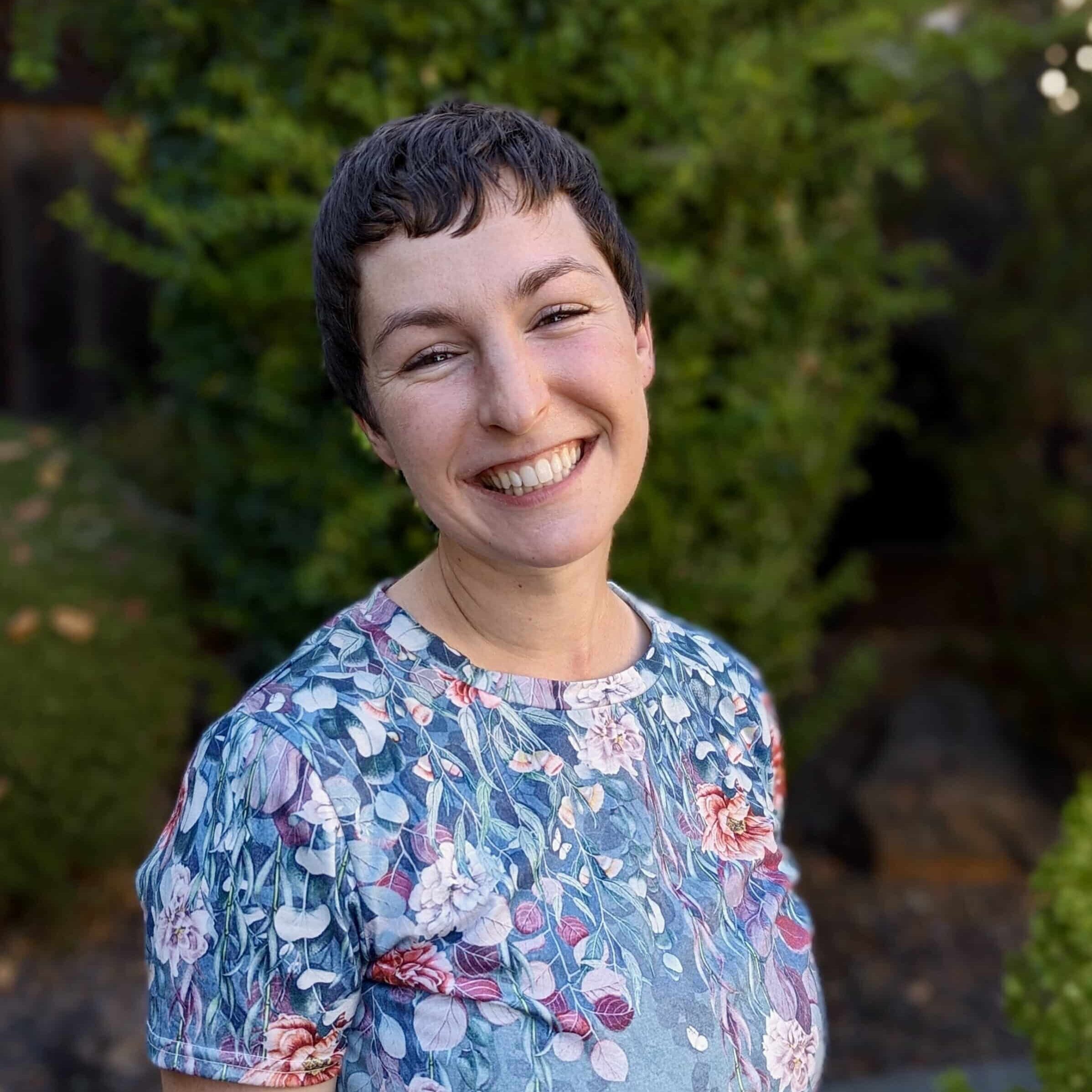Addiction treatment insurance coverage in the U.S. is varied and complex. Despite the strides made in acknowledging addiction as a medical condition deserving of comprehensive care, significant disparities in insurance coverage persist. These disparities not only hinder access to essential services but also exacerbate the challenges faced by those seeking recovery.
To address this in part, the Mental Health Parity Act of 1996 (MHPA) provided that large group health plans cannot impose annual or lifetime dollar limits on mental health or substance use disorder benefits that are less favorable than any such limits imposed on medical/surgical benefits. It was amended in 2010 by the Affordable Care Act to also apply to individual health insurance coverage.
The Landscape of Insurance Coverage for Addiction Treatment
Utah’s battle against addiction is a microcosm of the national crisis, yet it stands out due to its unique demographic and cultural context. The state has witnessed a rise in substance abuse rates, with methamphetamines leading the charge as of 2023, followed by opioids.
As KFF reported “… drug overdose death rates have increased in Utah from 19.5 per 100,000 in 2011 to 21.1 per 100,000 in 2021. Over the same period, drug overdose death rates increased from 13.2 to 32.4 per 100,000 in the U.S.”. While Utah’s increase is below the national average, methamphetamines and opioids are the primary contributors to the rise in Utah and a concerning trend.
Additionally, as KFF noted, Utah’s age-adjusted suicide rate was higher (20.1%) than the national level (14.1%) in 2021. And 35.9% of those with anxiety and depressive disorder had unmet care needs—a significant issue for those with mental health issues. Furthermore, among adults who need mental health or substance use care, some groups are more likely to face barriers to accessing care, including uninsured people, underinsured people, and communities of color.
The Coverage Divide: Accessibility to Treatment Is Still An Issue
However, the accessibility of addiction treatment in Utah is not keeping pace with the growing demand. In Utah, as a 2022 Axios report highlights, this issue is particularly pronounced, noting that Utah has the nation’s highest rate of private health insurance coverage (78%)—but the lowest rate by far (22%) of public insurance, leaving Utah with an above-average rate of uninsured people.
As a result, many Utahns find themselves caught in a coverage gap, where their insurance policies offer limited to no support for addiction treatment services. This gap not only places a financial strain on individuals and their families but also discourages many from seeking the help they desperately need.
Addressing the coverage divide is not just a matter of policy reform; it is a key step toward enabling comprehensive addiction recovery. Expanding insurance coverage for addiction treatment in Utah could dramatically increase access to vital services, including detoxification, medication-assisted treatment (MAT), counseling, and aftercare support. Such an expansion is essential, not just to mitigate the immediate impacts of substance abuse, but also for fostering long-term recovery and reducing the overall burden of addiction on society.
In essence, bridging the coverage divide in Utah represents a pivotal move toward dismantling the barriers to addiction treatment. It underscores a commitment to treating addiction as the chronic disease it is, requiring sustained, multifaceted intervention.
By ensuring that insurance policies comprehensively cover addiction treatment in Utah, stakeholders can make a significant leap forward in the fight against this pervasive public health challenge. This action would not only reflect a compassionate approach to healthcare but also an economically wise investment in the well-being of Utah’s communities.

The Importance of Expanded Coverage
No Surprises Act
As of January 1, 2022, the No Surprises Act was enacted to provide protections against surprise billing. Surprise billing is when a patient receives a balance bill after they receive care from an out-of-network provider or at an out-of-network facility, such as a hospital. It can happen for both emergency and non-emergency care. Sometimes, patients don’t know the provider or facility is out-of-network until they receive the bill.
The bill consists of three main protections for consumers:
- Surprise bills are not allowed for covered emergency out-of-network services, including air ambulance services (but not ground ambulance services).
- Surprise bills are not allowed for covered non-emergency services performed by an out-of-network provider at an in-network facility.
- You cannot be asked to waive your protections and agree to pay more for out-of-network care at an in-network facility.
This short video summarizes the bill’s benefits.
Economic Benefits
Expanding insurance coverage for addiction treatment not only addresses a critical public health issue but also presents substantial economic benefits. By ensuring comprehensive coverage for individuals struggling with substance use disorders, the healthcare system and society at large can achieve significant long-term savings. Here’s how:
Reduced Healthcare Costs from Relapse Prevention: Comprehensive addiction treatment coverage helps in effectively managing and treating substance use disorders, significantly reducing the likelihood of relapses. Preventing relapses diminishes the need for repeated treatments, emergency room visits, and hospitalizations, saving considerable healthcare costs.
Lowered Criminal Justice Costs: Addiction often correlates with increased rates of criminal activity, primarily due to the procurement of substances and related offenses. By providing adequate treatment and support, individuals are less likely to engage in criminal activities, leading to substantial savings in criminal justice and associated societal costs.
Increased Productivity and Employment Among Recovered Individuals: Recovery from addiction allows individuals to reintegrate into the workforce, contributing positively to the economy. Enhanced employment rates and productivity not only benefit individuals and their families but also contribute to broader economic stability and growth.
These points underscore the economic rationale behind expanding addiction treatment coverage. Investing in comprehensive coverage is not just a moral imperative but a financially sound strategy, promising a healthier, more productive society and significant savings in both healthcare and criminal justice expenditures.
Health and Social Benefits
The expansion of insurance coverage for addiction treatment transcends mere economic benefits, offering profound health and social advantages that ripple through individuals, families, and communities. By broadening the scope of insurance to encompass comprehensive addiction treatment, the barriers to accessing essential services are significantly reduced, paving the way for more individuals to embark on the path to recovery. Here are the key health and social benefits:
Improved Access to Treatment Services: Expanded coverage ensures that more individuals can access a wide range of addiction treatment services without the burden of prohibitive costs. This includes detoxification, counseling, medication-assisted treatment (MAT), and ongoing support groups, which are critical for effective recovery.
Higher Success Rates in Addiction Recovery: With improved access to treatment services, individuals are more likely to complete their treatment programs successfully. Comprehensive coverage supports sustained engagement with treatment services, leading to higher success rates in addiction recovery and reducing the risk of relapse.
Strengthened Family and Community Ties: Addiction often strains relationships, but recovery can mend these bonds. Access to adequate treatment allows individuals to rebuild their lives, restore relationships, and strengthen their roles within families and communities. This not only supports the individual’s recovery journey but also fosters a more cohesive and supportive social environment.
These health and social benefits highlight the transformative impact of expanded insurance coverage for addiction treatment. It not only aids in healing individuals but also revitalizes families and communities, creating a more resilient and supportive society.
Barriers to Expanded Insurance Coverage in Utah
Legislative Hurdles
In Utah, expanding insurance coverage for addiction treatment faces significant legislative hurdles, rooted in political and fiscal conservatism. The state’s political landscape often emphasizes limited government intervention and cautious fiscal spending, which can restrict public health initiatives requiring substantial investment or expansion of state-run health services.
Efforts to broaden insurance coverage for addiction treatment must navigate a complex legislative process, contending with concerns over budgetary implications and the ideological debate over the role of government in healthcare. These challenges underscore the difficulty of enacting policy changes that would extend comprehensive addiction treatment services to more residents, highlighting the need for concerted advocacy and public support to overcome political resistance.
A 2023 report stated that “Utah has dropped more than 130,000 out of about 500,000 Medicaid beneficiaries since April after the federal government lifted a pandemic-era requirement that states keep people enrolled in the insurance program for low-income people.”
The impact is greatest with children who make up 40% of Medicaid enrollees. However, this may also disproportionately impact many low-income people with substance use disorders who lack insurance, as well as the treatment centers that offer Medicaid insurance that can help them.
Insurance Company Policies
In Utah, as in many parts of the U.S., insurance companies play a pivotal role in shaping the accessibility and affordability of addiction treatment through their policies and practices. These companies often have complex and varied policies regarding coverage for addiction treatment, which can create significant barriers for individuals seeking help. Driven by profit motives, insurers may limit coverage to shorter-term treatments, restrict access to certain types of therapies, or impose high deductibles and co-pays, making it financially challenging for many to obtain the comprehensive care needed for effective recovery.
The insurance industry’s focus on profitability can lead to stringent criteria for coverage, emphasizing cost-control measures over the long-term benefits of comprehensive addiction treatment. This approach contributes to the coverage divide, where the quality and extent of one’s treatment are heavily influenced by one’s insurance plan’s limitations rather than their healthcare needs. Addressing this issue requires not only regulatory changes but also a shift in how insurance companies view their role in supporting public health initiatives, particularly in the realm of addiction recovery.
Lessons Learned from Other Jurisdictions
Several states and other countries have demonstrated the positive impacts of expanded insurance coverage for addiction treatment, offering valuable insights for Utah. For instance, Vermont’s Hub and Spoke model integrates addiction treatment into primary care, supported by Medicaid expansion. This approach has significantly increased access to treatment, emphasizing the importance of a coordinated care system.
In Portugal, the decriminalization of drug use and the shift towards a health-focused approach to addiction have led to remarkable outcomes. By treating addiction as a public health issue rather than a criminal one, Portugal has seen a drop in drug-related deaths and HIV infection rates, underscoring the efficacy of comprehensive support and treatment services.
Key takeaways for Utah include:
- The necessity of integrating addiction treatment within broader healthcare services
- Ensuring Medicaid and other insurers cover a wide range of treatment options
- Recognizing the value of a public health approach to addiction.
These examples highlight the potential for legislative and policy frameworks to transform the landscape of addiction treatment, making it accessible and effective for those in need.
Advocating for Change in Utah
Strategies for Advocacy
Advocating for expanded insurance coverage for addiction treatment in Utah requires a multifaceted approach, involving coordinated efforts from individuals, organizations such as The Utah Health Policy Project, and professionals across various sectors. Here are actionable steps to drive change:
Engaging with Policymakers: Direct engagement with state legislators and representatives is crucial. Advocates should schedule meetings, attend public hearings, and participate in legislative sessions to voice the need for expanded coverage. Presenting data, sharing personal stories of recovery, and highlighting expanded coverage’s economic and social benefits can make a compelling case to policymakers. This report describes a 2024 example.
Public Awareness Campaigns: Raising public awareness about the importance of addiction treatment and the barriers posed by insufficient insurance coverage can mobilize community support. Utilizing social media platforms, local media outlets, and community events to spread information and gather public backing creates pressure on policymakers to act.
Collaboration with Health Professionals and Addiction Recovery Organizations: Forming coalitions with healthcare providers, addiction specialists, and recovery organizations can amplify advocacy efforts. These groups bring expertise, credibility, and a direct connection to affected individuals, making their voices powerful in advocating for policy changes. Collaborating on research, joint statements, and advocacy events can draw attention to the issue and push for systemic changes.
The Role of Community: Community support and involvement are pivotal in advancing expanded insurance coverage for addiction treatment. Grassroots efforts, local advocacy, and collective voices amplify the call for change, fostering a supportive environment that propels policy reform and societal understanding.
By employing these strategies, advocates in Utah can build a strong, unified front in the push for expanded insurance coverage for addiction treatment. Engaging stakeholders across the spectrum, from the public to professionals and policymakers, is essential in driving meaningful and lasting change.

Key Takeaways
- Significant disparities in insurance coverage for addiction treatment persist. They not only hinder access to essential services but also exacerbate the challenges faced by those seeking recovery.
- Utah has witnessed a rise in substance abuse rates, with methamphetamines leading the charge as of 2023.
- Among adults who need mental health or substance use care, some groups are more likely to face barriers to accessing care,
- The accessibility of addiction treatment in Utah is not keeping pace with the growing demand.
- The No Surprises Act was enacted to provide protections against surprise billing.
- Expanding insurance coverage for addiction treatment not only addresses a critical public health issue but also presents substantial economic benefits.
- By broadening the scope of insurance to encompass comprehensive addiction treatment, barriers are reduced, paving the way for more individuals to embark on the path to recovery.
- In Utah, expanding insurance coverage for addiction treatment faces significant legislative hurdles.
- Examples from elsewhere highlight the potential for legislative and policy frameworks to transform the landscape of addiction treatment, making it accessible and effective for those in need.
- Advocating for expanded insurance coverage for addiction treatment in Utah requires a multifaceted approach.
Sources
CMS. gov. Centers for Medicare & Medicaid Services. The Mental Health Parity and Addiction Equity Act (MHPAEA)
Alberty, A. 2022. Utah’s reliance on private insurance leaves big gaps. Axios Salt Lake City.
Data Portal. Substance Use and Mental Health Utah. Substance Use and Mental Health. Utah Department of Health and Human Services.
KFF (formerly Kaiser Family Foundation). Fact Sheet: Mental Health in Utah.
Utah Insurance Department. No Surprises Act: Protections Against Surprise Billing.
US Department of Health and Human Services. No More Surprise Medical Bills: 5 Things To Know about the No Surprises Act Taking Effect in 2022.
Galewitz, P. 2023. 1 in 3 people dropped by Utah Medicaid left uninsured, a ‘concerning’ sign for nation. Kaiser Health News, in Fierce Healthcare.
The Utah Health Policy Project.
Tencer, E. 2024. Medicaid cuts concern patients as bill moves forward in Utah Legislature. Fox13 Salt Lake City.












